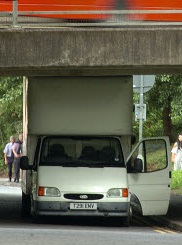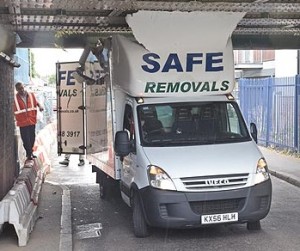Removal Company Blog

Moving house? Ten tips to pack your kitchen properly
26 April 2019
18:58
How to pack kitchen items Full of tiny objects, fragile items and appliances which are oddly shaped, kitchen packing can be a nightmare. We’ve made

Watch them bridges when driving a van
3 November 2013
20:05
Safe removals come unstuck Not so Safe Van crashes into railway bridge. The roof of a van was cropped off once it crashed into this

Van and Manpower
8 October 2013
17:30
Removal Men Porters One of the main difficulties for people who are moving home is manpower. With the heavy boxes that you must move and

Transportation in Manchester
7 September 2013
19:01
Manchester Transport The world’s a smaller place due to transport development. We can now live and work further afield without losing touch with friends and
